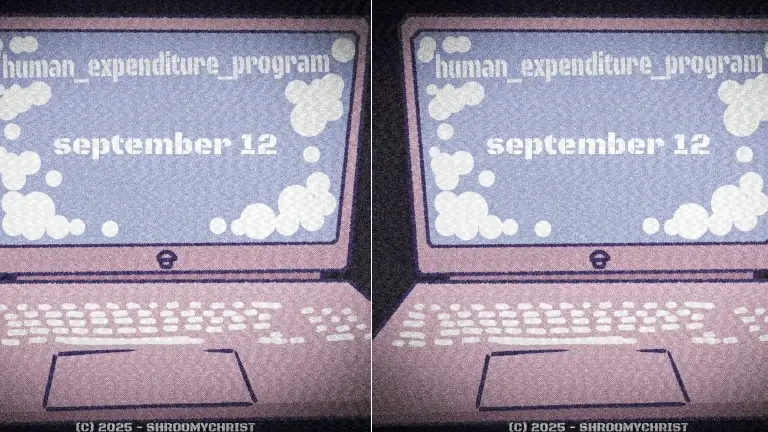

BloodMoney 1
BloodMoney 1 is an experimental game that combines the mechanics of incremental clicking with a disturbing storyline. At the center of the experience is a figure named Harvey, whose condition shifts as the player continues to gather money. Each click provides currency, but at the same time it alters the atmosphere, reminding the player that financial growth has consequences. The simple act of clicking gradually turns into a moral choice that drives the direction of the game.
Similiar games
Gameplay And Progression
The structure of BloodMoney 1 starts with the familiar loop of click, earn, and invest. As more money is collected, new options appear that either boost income or reveal hidden narrative pieces. The further the player progresses, the more visual and contextual changes take place. Harvey reacts to these choices, showing how actions shape profit and the environment. Progression is not endless; it leads toward branching conclusions that depend on earlier decisions.
Upgrades And Outcomes
The upgrade system is central to the way BloodMoney 1 works. Each option has both mechanical and narrative weight. Some increase cash flow quickly, others slow the pace but lessen visible impact on Harvey. The blend of financial and ethical outcomes encourages experimentation and replay.
Key features include:
- Continuous clicking for income generation
- Upgrades that change both economy and visuals
- Harvey’s reactions as indicators of progress
- Multiple narrative endings
- Short but replayable structure
Choices And Consequences
BloodMoney 1 highlights how simple mechanics can deliver tension. Choosing a faster upgrade path may feel efficient, but it accelerates the decline of Harvey. Holding back stretches the session, yet it may open different endings. The player is placed in a constant negotiation between efficiency and restraint. This tension gives the game its identity, separating it from standard clicker formats. Each playthrough reflects a personal balance between curiosity and control.
BloodMoney 1 shows how minimal design can carry symbolic meaning. It transforms repetitive actions into a study of responsibility, presenting the player with outcomes shaped by their willingness to exploit or to pause. Because the entire game can be finished quickly, multiple runs invite players to explore contrasting paths. Its uniqueness lies not in complexity of mechanics but in the way it frames ordinary clicking as a decision with weight, making every choice feel deliberate.
Discuss BloodMoney 1




















